Causes and Prevention of Bank Failures: An Australian Perspective
VerifiedAdded on 2023/06/11
|5
|1066
|496
Presentation
AI Summary
This presentation provides a comprehensive overview of bank failures, focusing on the causes, consequences, and prevention measures, particularly within the Australian context. It begins by defining bank failures and discussing how they occur due to factors like bad loans, asset-liability mismatches, and illegal practices. The presentation highlights the impact of stock market volatility and inadequate government supervision as contributing factors. It further explains the role of the Australian government in protecting depositors through the ADI scheme and the FDIC, which insures deposits up to $250,000. The presentation also addresses customer perspectives, emphasizing the importance of deposit insurance and the continuity of services. It details the process of transferring funds to stronger banks and outlines strategies for preventing future failures, such as reviewing customer balances and maintaining optimal capital structures. A graphical representation of bank failures from 1961 to 2017 is included, along with measures to ensure the stability and customer satisfaction in the banking system. The presentation concludes with a list of references.
1 out of 5
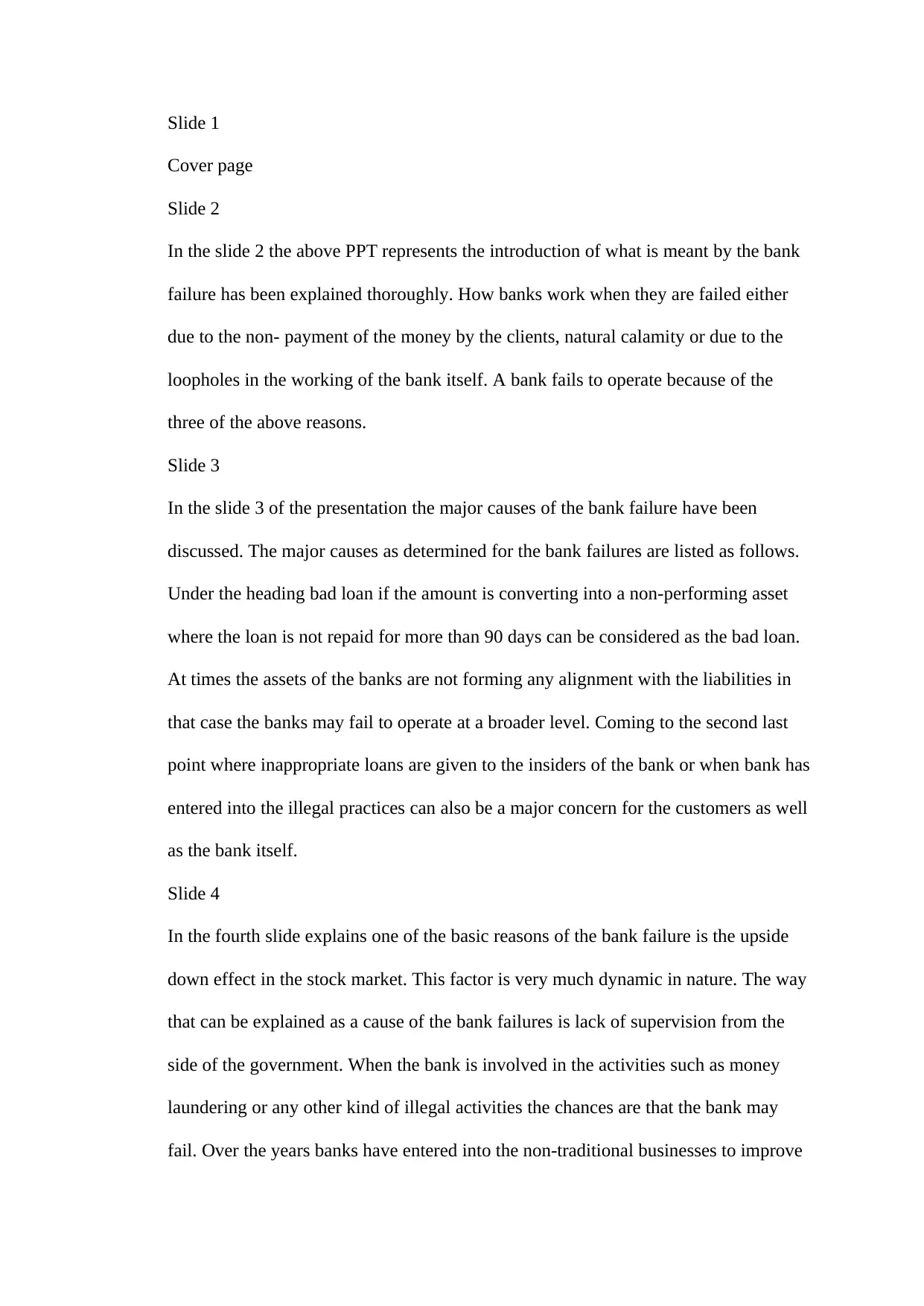
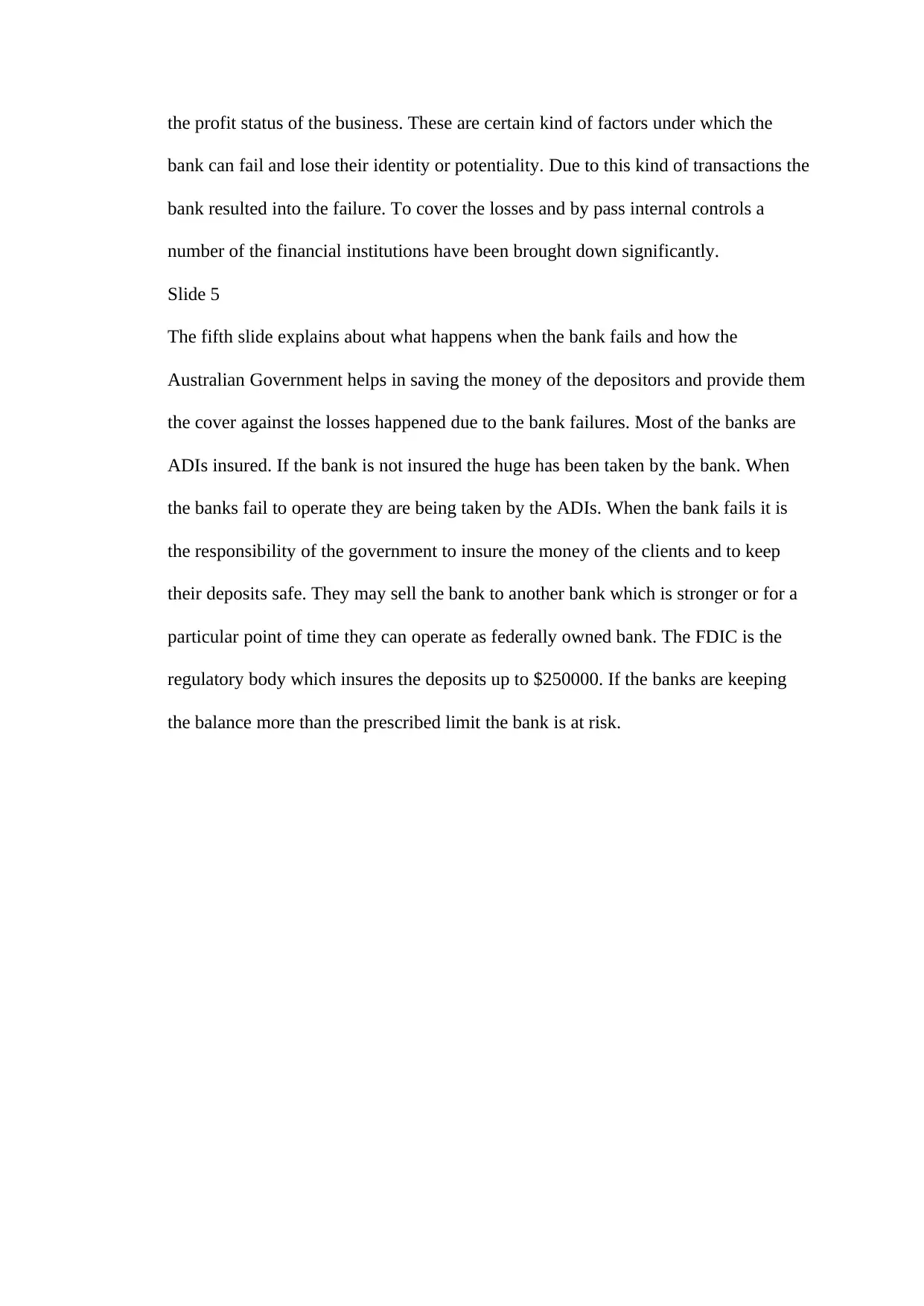
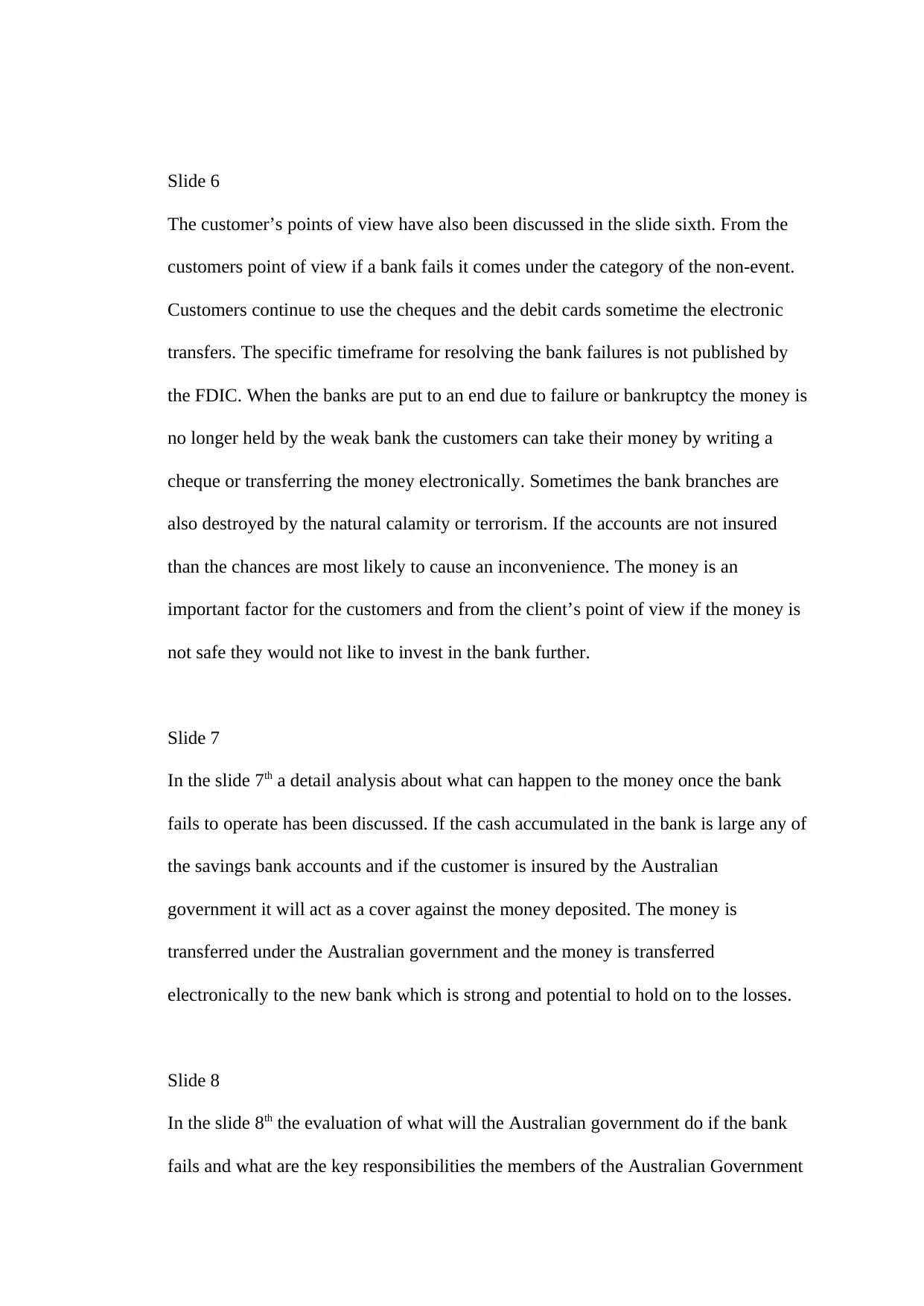

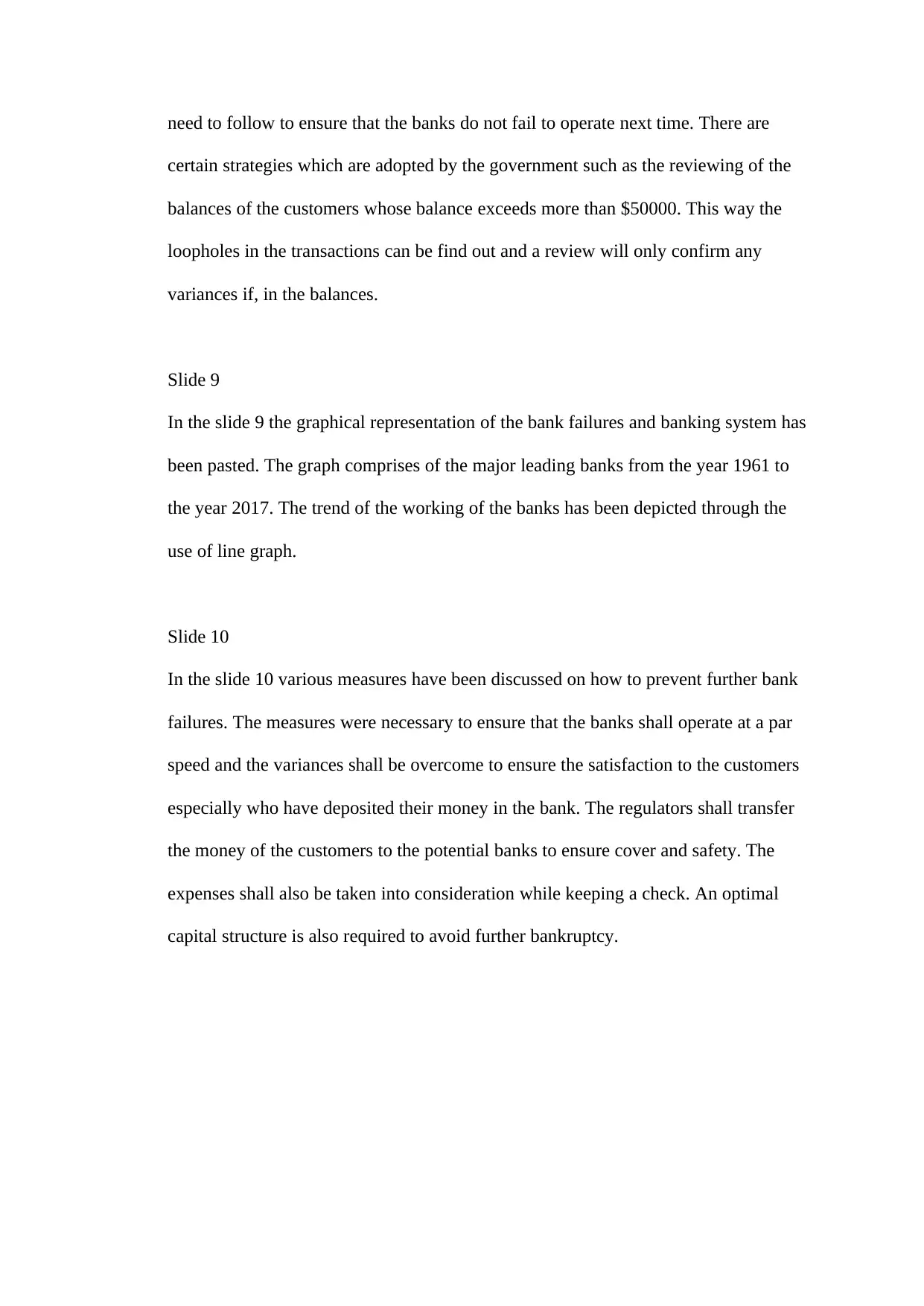
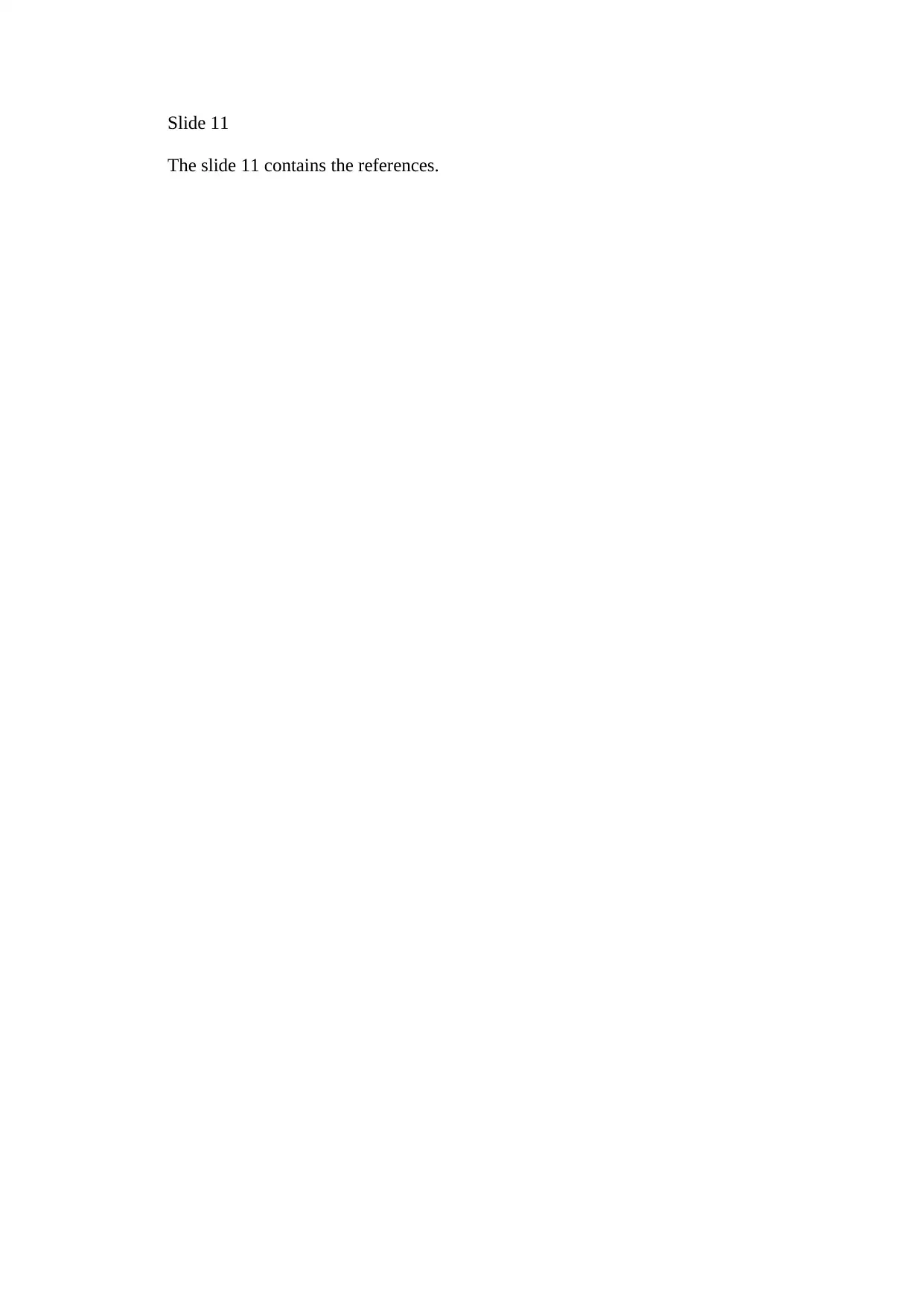






![[object Object]](/_next/static/media/star-bottom.7253800d.svg)